Packing and transporting works of art is a real challenge for anyone wishing to ship them. It doesn’t work in the same way as traditional e-commerce, because the goods can be expensive, bulky, valuable and/or fragile. So how do you go about it? Here’s a handy 4-step guide to successfully shipping works of art, from packaging to final delivery.
Step 1: Choose the right packaging for your artwork shipments
Works of art are fragile and often expensive – or at least precious. All the more reason to choose packaging that is suitable for shipping them, and to follow good practice when it comes to the logistical preparation of this type of product.
► 1. To send a framed picture
To ship a painting that is already framed, you must begin by packing the work itself in a suitable cushioning material. This must be scratchproof, shockproof and electrostatic. Turn to methods such as :
Tissue paper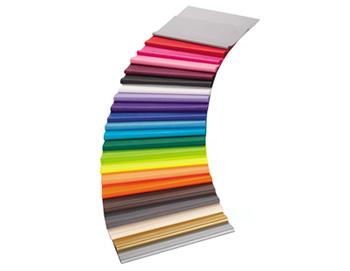 |
. Extra-soft texture and available in several colours. . |
Foam film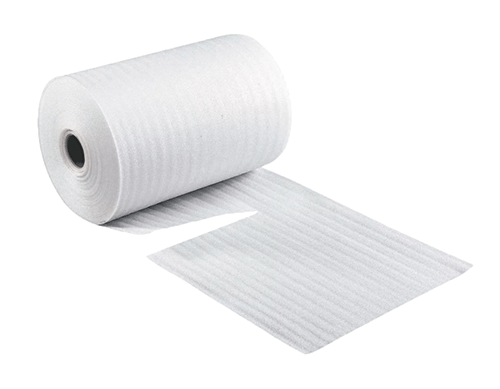 |
. As effective as tissue paper, but slightly more resistant. . |
Wrapping paper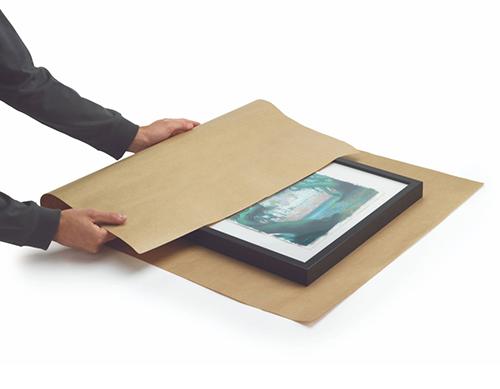 |
. Wrap your paints in this tear-resistant, environmentally friendly material. Made from renewable raw materials. . |
Bubble wrap.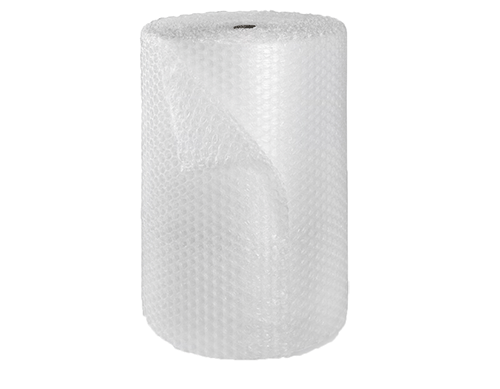 |
. A classic and effective protective material. . Tip: use as an extra layer of impact protection. . |
Once your work is well packaged, slip it into packaging designed for framed pictures. You can choose from the following packaging options:
Box with integrated foam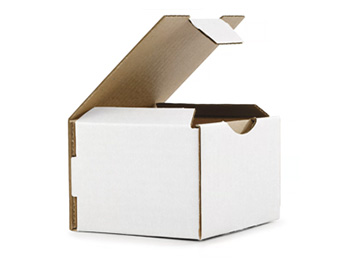 |
. . Double protection against bumps and scratches thanks to the layer of protective foam on the inside and the 2 layers of cardboard on top. |
Flat telescopic box |
.
. |
Postal cross case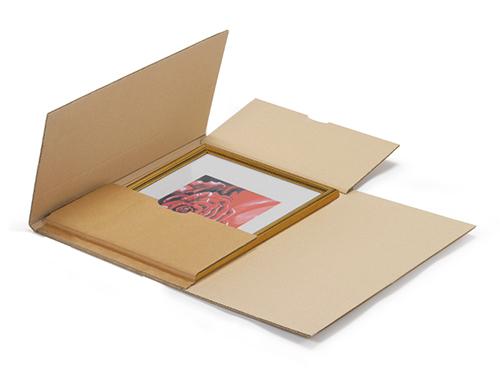 |
. . Easy to open and close. Protective edges on the sides. |
► 2. To send a picture or photo without a frame
Can your work of art be rolled up? Start by wrapping it in tissue paper, which provides soft protection for direct contact with the artwork. Then wrap it a second time with kraft paper, bubble wrap or foam, for optimum protection. Finally, complete your parcel by slipping it into packaging designed for rolled artworks, such as :
Shipping tube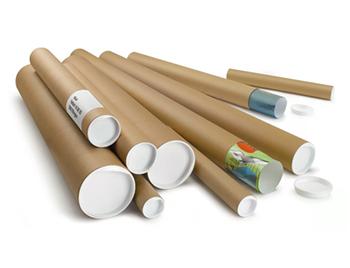 |
. . A shipping tube is available in round, square or triangular versions, and in different sizes depending on the size of your painting or photo. |
Telescopic long case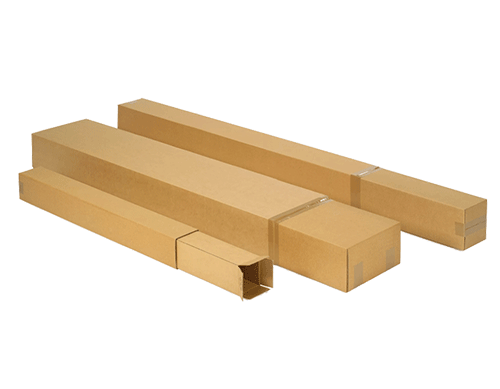 |
. . Adaptable in length: the lid snaps on and adjusts to the length of the products. |
► 3. To send a work of art flat
For your flat artwork shipments, start by positioning the artwork on a piece of rigid cardboard, which will allow it to retain its flat shape throughout the logistics chain. Then wrap it in an electrostatic plastic bag, before slipping everything into packaging designed for flat artwork, such as a padded pouch.
► 4. To send a sculpture
Each art sculpture has different characteristics, which will require you to choose a suitable cushioning product to prevent scratches, damage and shocks during transport. Bubble wrap is generally recommended. Once your sculpture is securely wrapped in its cushioning material, choose a wooden crate that is the right size for the work. We recommend that you choose a crate that is 5 to 10 centimetres larger on each side than the work, and that you wedge the work into the crate as tightly as possible. Whatever the type of artwork you are sending, don’t hesitate to use made-to-measure packaging if your work of art is expensive.
Step 2: Reinforce the protection of your artwork
Before shipping your work of art, you should make sure that you have affixed to its packaging all the elements needed to protect it as much as possible. In particular, consider the following points:
- [1] Add cushioning: make sure your works of art are firmly secured in the crate. Notice any gaps? Then use foam cushions or dunnage. This will protect your contents as much as possible and considerably reduce the risk of damage.
- [2] Protect the corners: framed pictures have particularly fragile edges. It is therefore advisable to protect these edges with cardboard corners or foam profiles.
- [3] Wrap your parcel in stretch film: this extra layer protects your entire parcel from moisture and all kinds of weather during transport. You can also opt for black stretch film to protect the contents of your parcel from prying eyes.
- [4] Affix shipping labels to your parcel: make sure your carriers understand that they are dealing with a fragile or delicate parcel. Labels bearing the words “Fragile” or “Handle with care” may be useful.
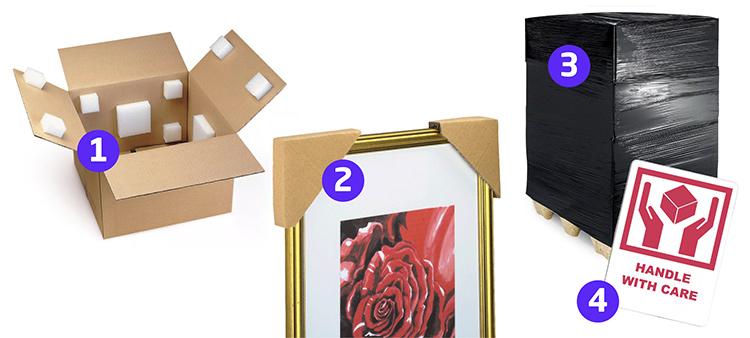
Step 3: Find the right transport provider for your needs
This step is crucial to ensuring a smooth art shipment. In the case of inexpensive works of art, you may choose to use general carriers such as Bpost to ship them. However, your parcel must meet the following conditions for Bpost to accept to ship it:
- Maximum weight of 30 kg.
- The longest side must not exceed 1.5 m.
- The total dimension (1 x length + 2 x width + 2 x height) must not exceed 3 m.
If your works are more expensive or fragile, it is advisable to use a carrier specialising in shipping works of art. Select a transport company that is specifically trained in handling, loading and unloading these works (“door-to-door” service, i.e. from the sender’s hands to the recipient’s hands). The courier must also be equipped with vehicles suitable for shipping works of art. For example, you can turn to :
- Crown Fine Art
- LP Art
- Evertrans
- Artrans
- Convelio
- In’Art Transport
International deliveries can be made by sea, air, rail or river. However, road transport remains the most secure for this type of goods. For international shipments, your goods transport provider must also take care of the procedures involved in clearing customs.
Step 4: Choosing the right insurance for shipping your work of art
Last but not least, check your transport contracts to see how much your works of art are insured for when they are shipped. If the maximum value covered is less than the value of your work of art, you should consider adding extra insurance to your shipment. The solution is to take out ad valorem insurance, which provides compensation calculated on the basis of the value of the works shipped. These indemnities are generally different depending on whether the problem is breakage, loss or theft.
Congratulations: you’re now equipped with the best equipment and the most suitable logistics carriers to protect your works of art during shipment!















